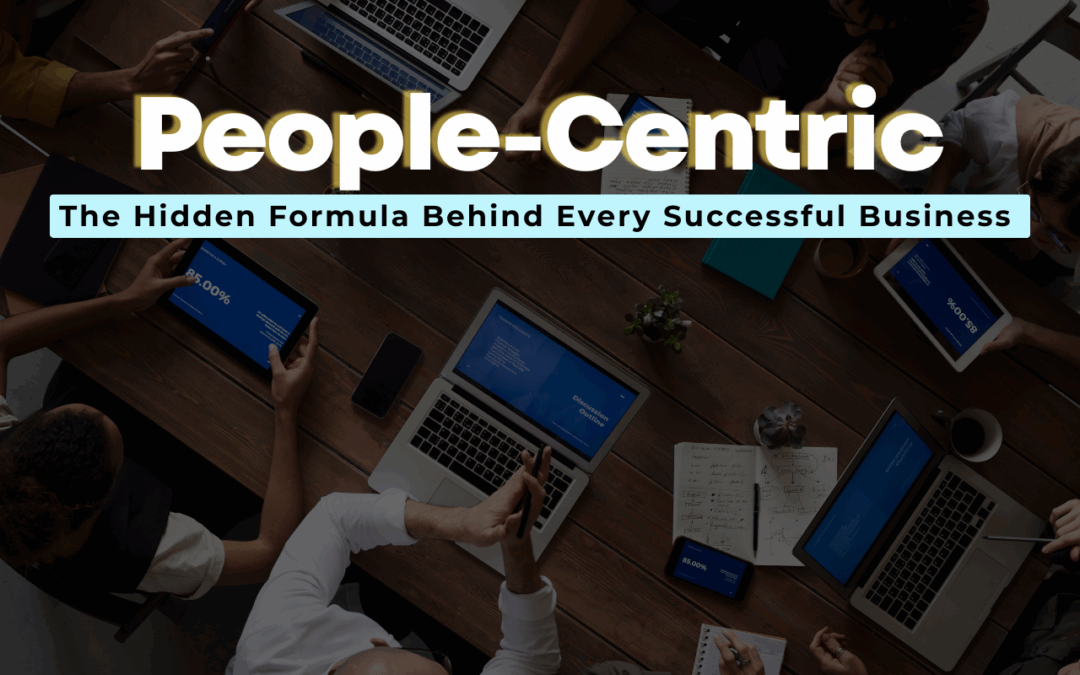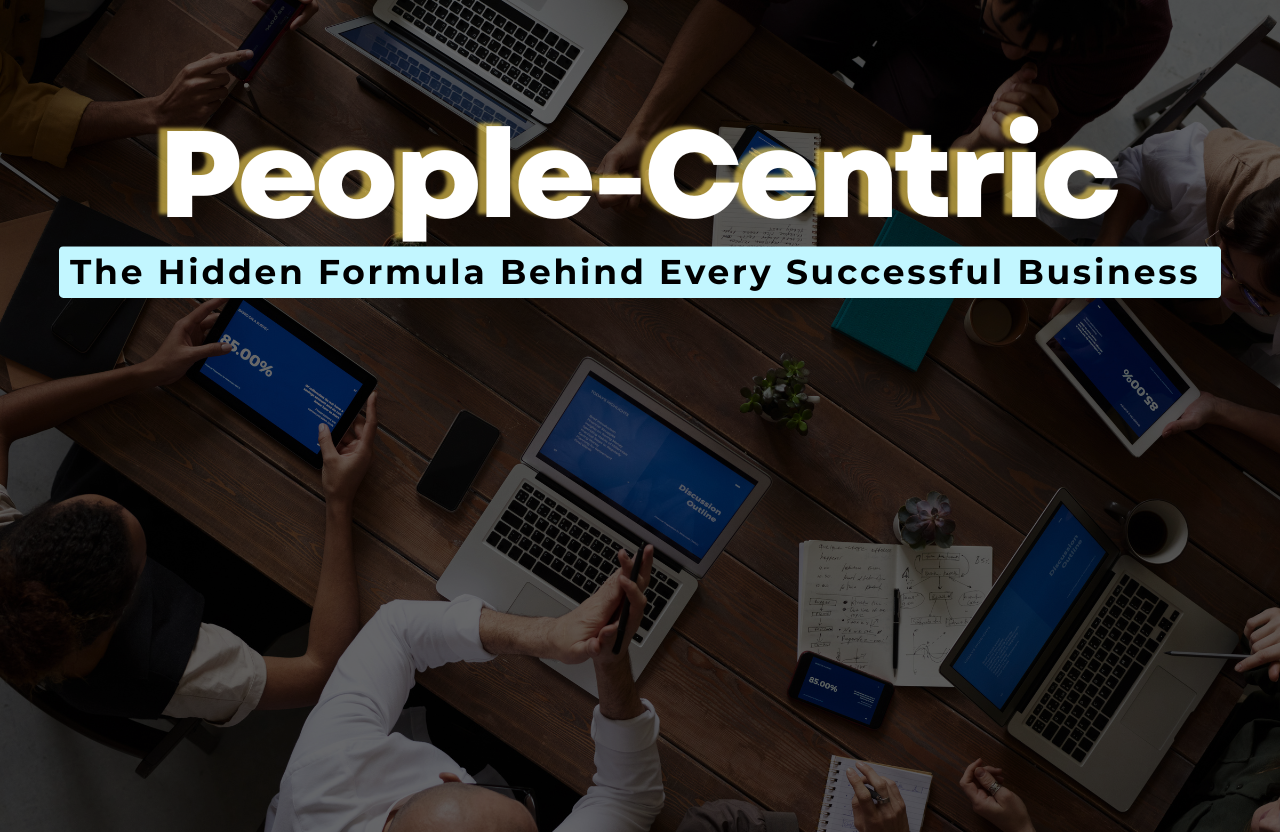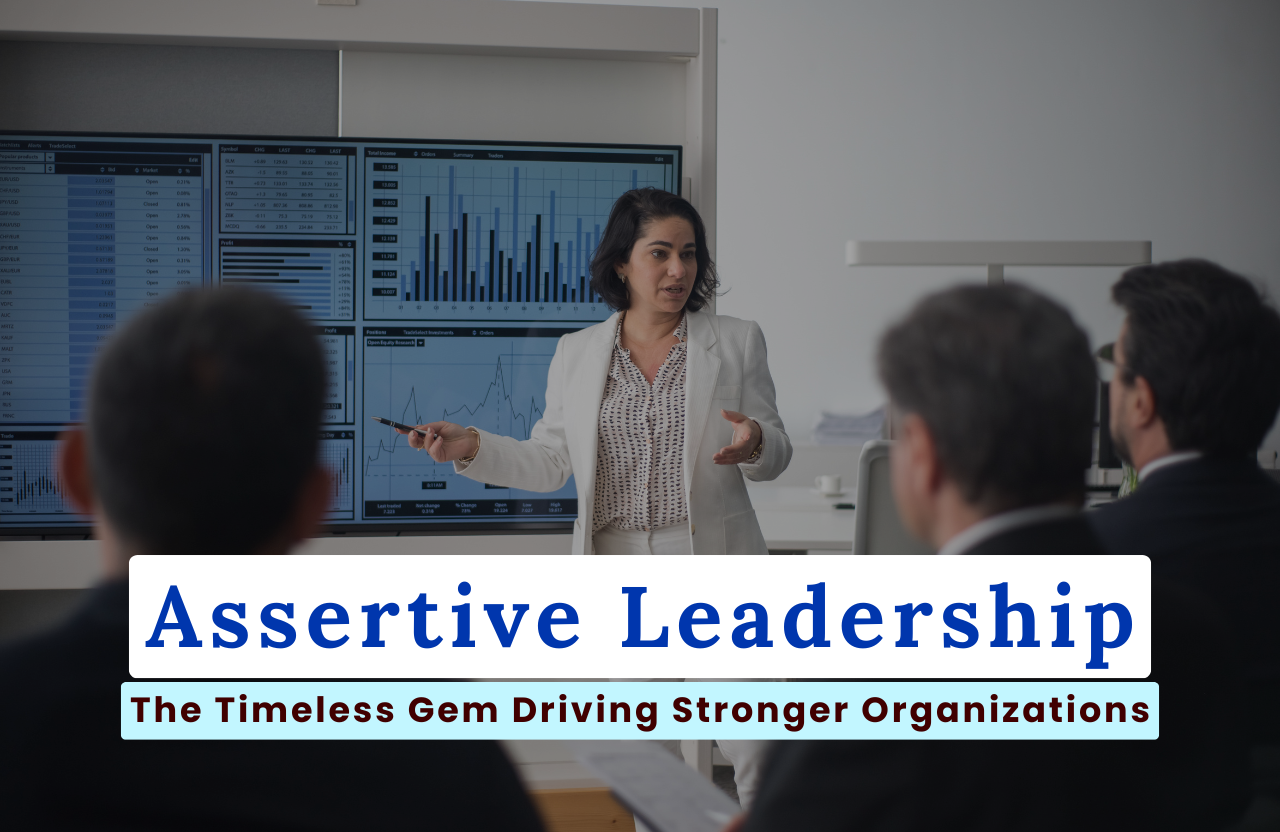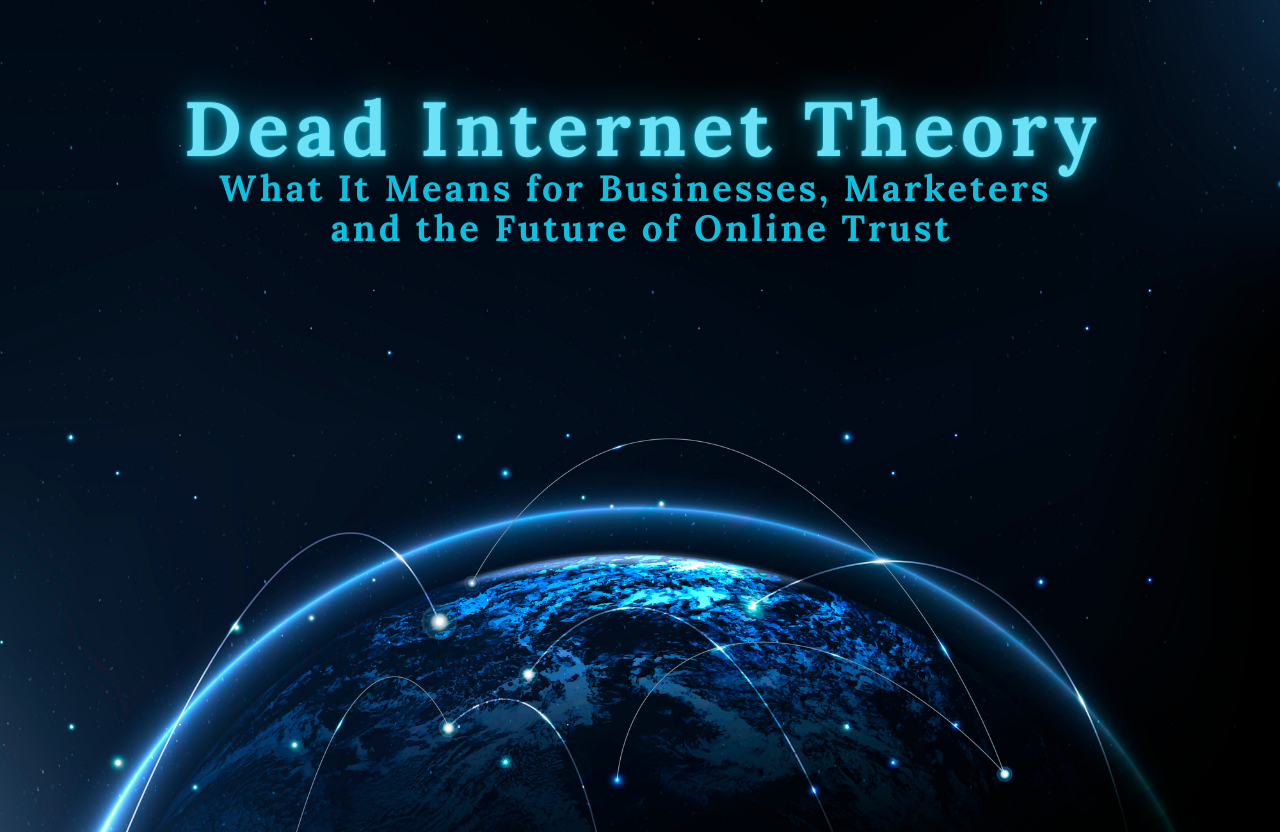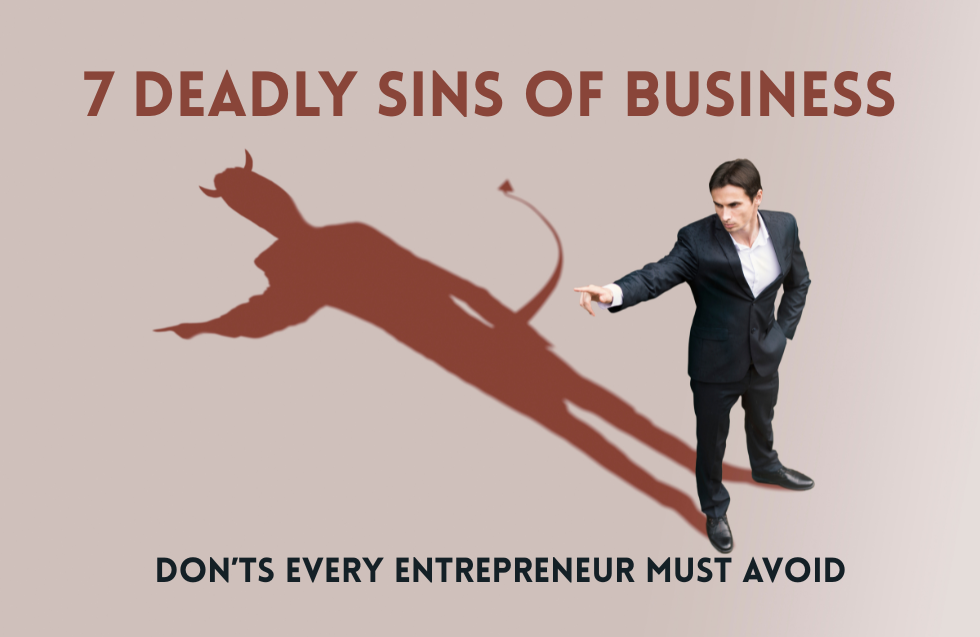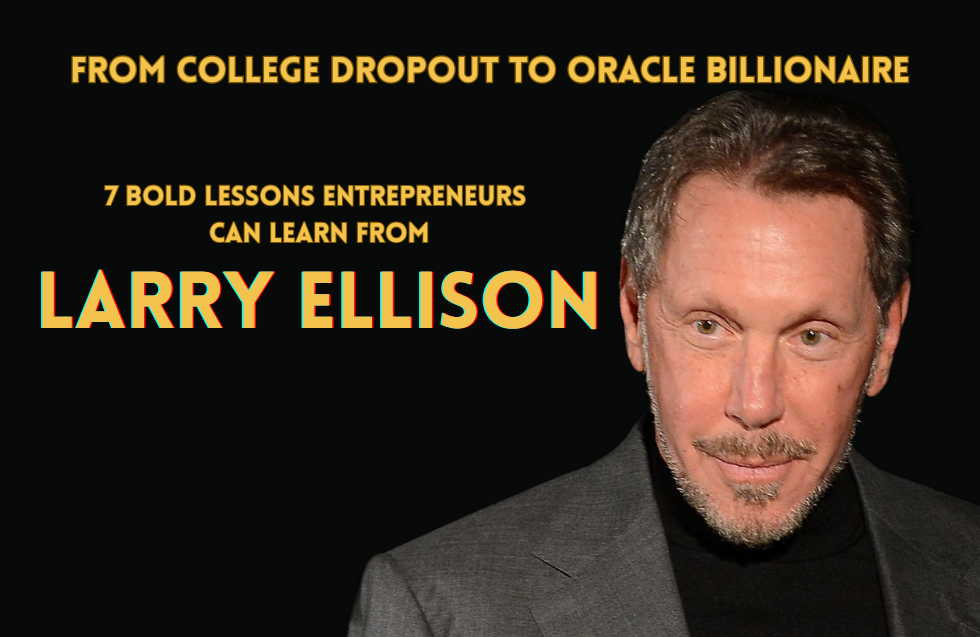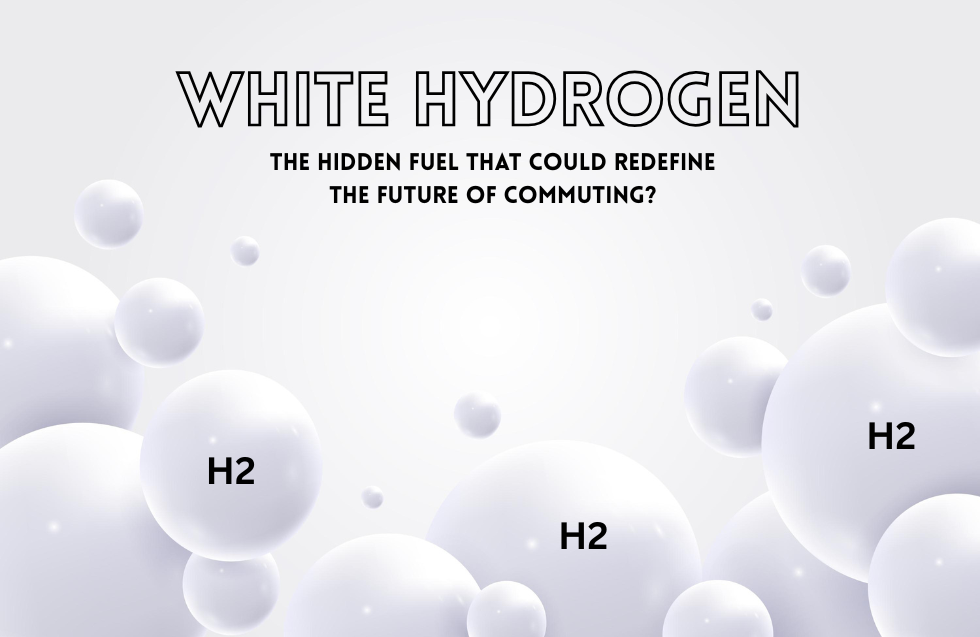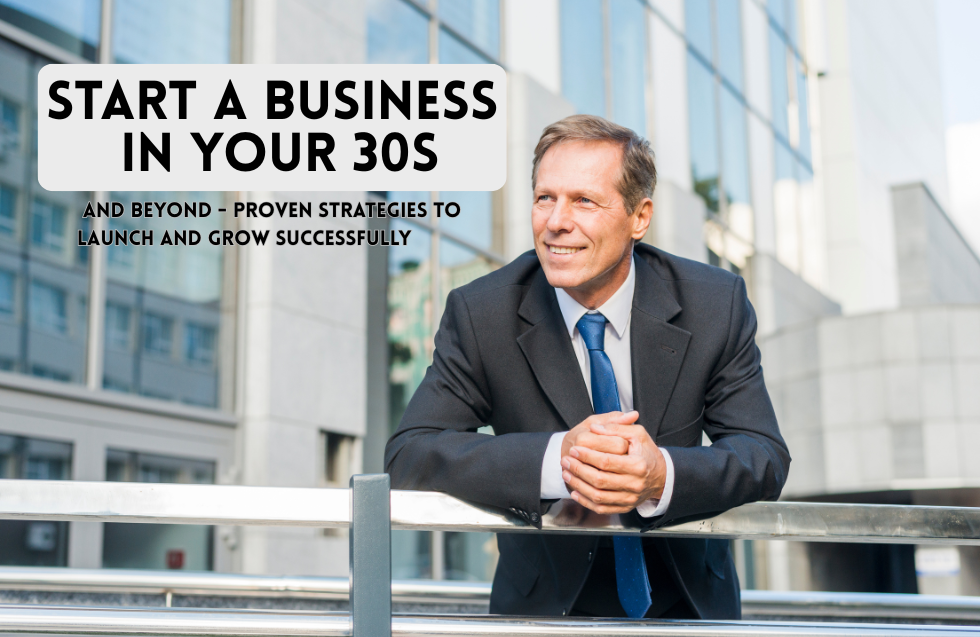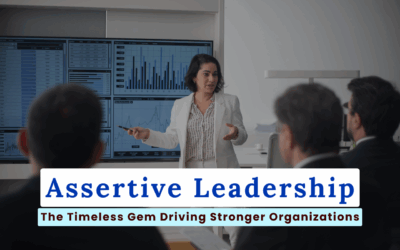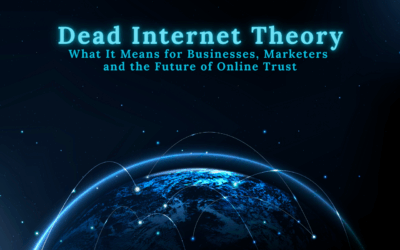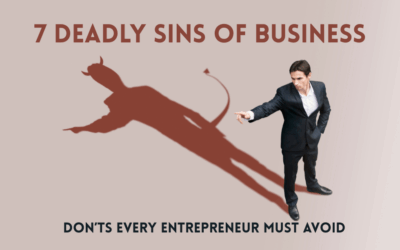When one star employee quits, does your business stumble? Or does it keep thriving? That’s the difference between a people-dependent and people-centric business.
A people-centric business doesn’t rest on a couple of shoulders, it builds a framework where every person lifts together. Unlike a people-dependent business that collapses when the high performers leave, a people-centric business creates resilience, fosters innovation and establishes growth.
In 2025, with AI changing jobs, hybrid work as the norm and Gen Z caring about purpose-driven jobs, being people-first isn’t a luxury, it is a necessity for sustainable success.
1. People-Centric vs People-Dependent: What’s the Real Difference
- People-Dependent Businesses: Success relies on a small group of “indispensable” staff. When they quit, projects get held up and morale is affected.
- People-Centric Businesses: Success results from robust systems, open communication and shared ownership. Everyone plays their part by making the business tough to break and scalable.
Industry Benchmark: Deloitte research shows that companies with people-centric models have 25% higher retention and 19% faster innovation cycles compared to people-dependent ones.
2. Why People-Centric Is Crucial in 2025
Three forces are driving the transition:
- Hybrid work patterns require trust and flexibility.
- AI and automation release staff from mundane activities, creating greater need for purposeful work.
- Generational expectations focus on growth, acknowledgment and wellness ahead of hierarchy.
A human-centered approach addresses all three imperatives.
Generational Insight:
- 74% of Gen Z want purpose-driven work.
- 65% of Millennials say flexibility is more important than pay raises.
Ignoring these expectations risks losing top talent.
3. Right Onboarding: Creating the Foundation
First impressions count. A human-centered business invests in onboarding that is more than a sign of papers:
- Clarity on day one: Roles, objectives and culture are clearly explained.
- Integration into teams: New employees bond with coworkers in the beginning.
- Support systems: Training and mentorship facilitate the adjustment.
Businesses that have a good onboarding process keep their employees 82% longer, plus employee productivity increases by 70% in the first years. By contrast, traditional organizations lose up to 40% of new hires within the first year.
Benchmark Add-On: In industries like hospitality and retail, the first-year turnover rate can be as high as 45%, proving that structured onboarding is not optional, it’s survival.
4. Specific goals & expectations
Ambiguity doesn’t belong in a people centric culture. Employees must be able to identify exactly what is expected of them, how they will be measured for success and how they fit into the grand scheme of things.
- Open-book performance reviews.
- Alignment of individual development with business objectives.
- Open up feedback loops.
Studies indicate that employees with well-set goals are 3.6x more engaged.
5. Correct Metrics for the Job
Not every job is to be measured by the same yardstick. A people company crafts metrics that represent the actual influence of a job, not mere numbers.
- Sales might measure revenue closed.
- Customer success might measure satisfaction and retention.
- Creative jobs might be assessed on innovation and campaign reach.
Metrics are applied in people-driven businesses as a means to growth, not punishment.
6. Solid Processes for Seamless Operations
People excel when processes enable them, not when they must compensate for faulty systems.
- Well-documented workflows maintain operations smoothly.
- Cross-training eliminates bottlenecks.
- Automation tools liberate teams to execute strategic work.
This prevents success from being reliant on a single superstar employee, it’s inherent in the system.
7. Perfection in Perks and Benefits
Benefits and perks are not “nice-to-haves” in 2025, they’re indicators of how highly a company thinks of its people. People-first businesses provide:
- Health benefits: Emotional, physical, caring for loved ones.
- Flexibility benefits: Hybrid days, flexible time, paid leave.
- Financial benefits: Educational reimbursements, savings programs and profit sharing.
When employees feel cared for beyond their job description, they tend to have higher loyalty and performance.
Benchmark: Gallup reports that organizations with strong benefit programs have 41% lower absenteeism.
8. How People-Centric Leaders Drive Success
- Empathy – listening and comprehension.
- Clarity – sharing vision and expectations.
- Empowerment – enabling teams to decide.
- Recognition – thanking both small and great achievements.
Example: Satya Nadella’s Microsoft turnaround showed how empathy-based leadership can unlock innovation.
9. Recognition: A Core People-Centric Practice
Recognition is the oxygen of a people-centric culture. In contrast to people-dependent organizations where the spotlight is for the select few, recognition here is consistent and pervasive.
- Regular appreciation = greater productivity.
- Peer-to-peer recognition = tighter teamwork.
- Digital tools = instant recognition.
Recognized employees are 3x more likely to remain long-term.
10. Well-Being as a Business Strategy
Employee well-being is not an amenity, it’s a business driver. People-first organizations:
- Provides easy access to healthcare.
- Encourage work-life integration.
- Offer financial wellness tools.
- Organizations focused on well-being have 23% fewer absences and higher performance.
11. People-Dependent vs. People-Centric: A Leadership Comparison
| Factor | People-Dependent | People-Centric |
| Success depends on | A few “stars” | Collective system |
| Onboarding | Paperwork only | Culture, clarity & support |
| Retention | High turnover risk | Strong loyalty |
| Innovation | Slow, bottlenecked | Faster, team-driven |
12. Technology as a People-Centric Enabler 2025:
AI, automation are not threats, they’re enablers of meaningful work.
- Automation liberates humans from routine tasks.
- AI provides tailored career growth.
- Collaboration software bonds hybrid teams.
Tech is leveraged by people-centric organizations to scale human potential.
13. Employee Experience by Design
People-centric companies design for experience, from onboarding to offboarding:
- Smooth onboarding (addressed above).
- Growth paths that support personal objectives.
- Recognition at each step.
- Alumni initiatives that maintain relationships.
This makes employees feel appreciated every step of the way.
14. The Hidden Success Formula
A people-driven business succeeds by blending:
- Right onboarding.
- Clarity of goals & expectations.
- Role-specific measures.
- Strong operating procedures.
- Great perks & benefits.
- Recognition & welfare.
- Leadership based on empathy.
- Technology that reinforces people.
And most importantly success doesn’t rely on individuals but on the strength of the team as a whole.
FAQs on People-Centric Business
Q1: What is people-centric in business?
It is placing people, staff and customers at the center of strategy, leadership and culture.
Q2: What’s the difference from a people-dependent model?
A people-dependent business is dependent upon a few stars, whereas a people-centric one designs systems where everyone can thrive.
Q3: Why is onboarding so critical in a people-centric company?
Because it sets expectations, builds confidence and plugs employees into culture seamlessly.
Q4: How do metrics function within people-centric organizations?
Metrics are role-designed to inform performance, not punish individuals.
Q5: Is a people-centric organization still profitable?
Yes. In fact, they outperform peers with higher engagement, innovation and retention.
Conclusion
Real business success is not fueled by a few stars, it’s fueled by your people, your culture and your leadership. When onboarding matters, goals are real and trackable, systems enable people and benefits are worth it, success becomes a team sport.
People are where every idea, milestone and breakthrough begin. If you build success on people instead of a few “stars,” you don’t just achieve success, you create a compounding effect. Audit your company today: Are you still people-dependent or have you taken the leap to become truly people-centric?
